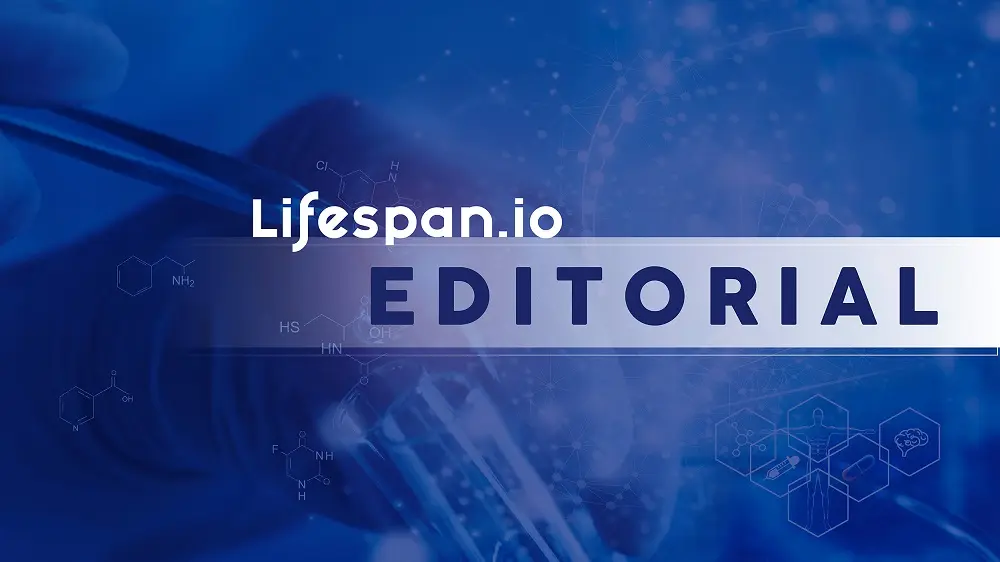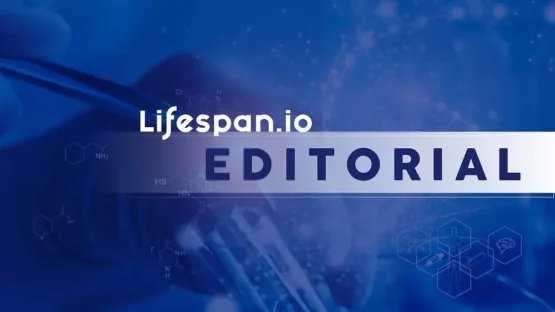If you are in the Northern Hemisphere, then spring is well underway and the weather is warming up. This is the season of renewal and growth. With that in mind, let’s take a look at what the Lifespan and LRI team has been up to.
Top stories of Spring 2025
As always, we have been bringing you the best longevity and aging research news this spring.
Gamma Delta T Cells Show Promise Against Cellular Senescence
 Researchers at the Lifespan Research Institute have identified a specific group of T cells that successfully attack senescent cells, enhancing results in a mouse model of idiopathic pulmonary fibrosis.
Researchers at the Lifespan Research Institute have identified a specific group of T cells that successfully attack senescent cells, enhancing results in a mouse model of idiopathic pulmonary fibrosis.
“Gamma delta cells are the Swiss Army knife of the immune system,” said Dr. Amit Sharma from the Lifespan Research Institute. “They appear to employ multiple redundant mechanisms in recognizing senescent cells, which may make them more resistant to the immune evasion mechanisms used by senescent cells.”
This is another example of the important research that our parent organization is doing in the fight against age-related diseases.
Results of a Crowdfunded One-Year Human Rapamycin Trial
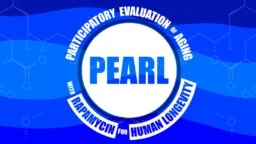 Dr. Sajid Zalzala and his team have published the results of the Participatory Evaluation of Aging with Rapamycin for Longevity (PEARL). The research was supported by the Lifespan.io community.
Dr. Sajid Zalzala and his team have published the results of the Participatory Evaluation of Aging with Rapamycin for Longevity (PEARL). The research was supported by the Lifespan.io community.
The trial explored the potential of rapamycin to influence human aging. It is a great example of community-funded research, where the direction that science takes is influenced directly by people like you. This sort of grassroots research bypasses the risk aversion of research funded with public money.
While the study had some limitations and the results were a somewhat mixed bag, the data still makes for interesting reading. Further studies, ideally with greater numbers, may yield further insights, but community members can be proud of the first steps they have helped make a reality.
The Battle for Long Life Has Been Accomplished: What’s Next?
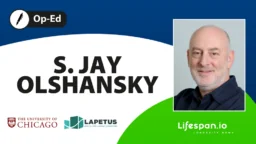 Jay Olshansky kindly wrote a thought provoking op-ed for us back in January. His position is that modern medicine has reached a ceiling when it comes to human lifespan.
Jay Olshansky kindly wrote a thought provoking op-ed for us back in January. His position is that modern medicine has reached a ceiling when it comes to human lifespan.
He also suggests that we should celebrate that the miracle of extended life has been given to us by public health, modern medicine, and improved behavioral risk factors. In essence, he believes that the battle to achieve longer lives has been won.
However, he cautions that further increases in lifespan are unlikely if aging remains the same. Jay believes that the next big step for increasing human lifespans lies in addressing the underlying biology of aging.
Michael Levin on Bioelectricity in Development and Aging
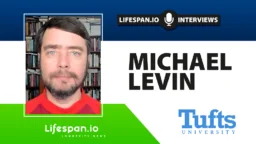 Arkadi Mazin brought us this interesting interview with Michael Levin, professor at Tufts University and director of Allen Discovery Center.
Arkadi Mazin brought us this interesting interview with Michael Levin, professor at Tufts University and director of Allen Discovery Center.
He has been working for years on how bioelectrical patterns affect development and aging. According to Levin, bioelectricity regulates how cells behave in relation to each other. He proposes that as we age, the overall bioelectrical pattern degrades and this leads to our biology failing. He also suggests that our cells become less able to maintain this bioelectrical pattern as we age.
Some of his past research has focused on manipulating this bioelectrical code to change cells and how they function. His work holds the potential to unlock regeneration in humans, which other animals enjoy, to allow us to repair damaged tissues and organs.
Understanding the electrical language of cells also opens the door for treating cancer and other age-related diseases. Join us as we explore this and other aspects of Levin’s fascinating research.
Playing the Long Game Towards Radical Life Extension
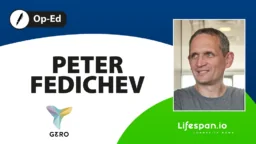 Speaking of addressing the underlying biology of aging, Peter Fedichev appears to agree with Jay Olshansky.
Speaking of addressing the underlying biology of aging, Peter Fedichev appears to agree with Jay Olshansky.
Peter writes in a recent op-ed that current medicine is only able to increase lifespan in a very limited way. He divides medicine into three layers of intervention:
Level 1 therapies target aging’s molecular hallmarks, showing promise in treating age-related diseases like diabetes, which can shorten lifespan.
Level 2 therapies could reduce physiological noise, potentially adding 30-40 healthy years to life by decoupling aging from disease, without significantly extending maximum lifespan, which remains 120-150 years.
Level 3 therapies aim to stop or reverse entropic damage, potentially extending lifespan beyond 120-150 years.
Peter argues that in order to live radically longer, we must gain an understanding of aging to develop effective repair therapies to address it.
Longevity Investor Network 2024 End of Year Update

The Longevity Investor Network (LIN) is an initiative launched many years ago by LEAF, the precursor organization of the LRI. The LIN is run by Javier Noris and is a platform that connects investors with promising rejuvenation biotech startups.
The LIN has been working hard these past few years to help promising new longevity biotech companies showcase their work in front of investors. This has led to a number of those companies getting the funding they need to move their work towards the clinic.
We are living through a remarkable turning point in biomedical history. The longevity biotechnology industry, once considered speculative, is now entering a phase of real-world traction. Investment is accelerating, driven by a new class of sophisticated funds and visionary investors who recognize both the economic potential and humanitarian promise of targeting the root causes of aging.
We’re seeing a wave of therapies in clinical trials, from senolytics to cellular reprogramming, inch closer to public availability. The pipeline is no longer theoretical—it’s operational. What was once science fiction is quickly becoming science fact, and the commercialization landscape is opening doors not just for patient impact, but for sustainable, scalable business models. It’s an incredibly exciting time to be part of this movement.
As the leader of the Longevity Investor Network, I’m thrilled to be doing my part to support and accelerate this progress. If you’re passionate about investing in early-stage startups shaping the future of healthspan and lifespan, I warmly invite you to reach out and join our growing investment community.
If you would like to learn more about the companies that the LIN has supported, check out the Longevity Investor Network 2024 End of Year report.
LRI will be at the Longevity Summit Dublin

July 2-4 sees the Longevity Summit Dublin at Trinity College in Dublin. This is a large conference and one of the more important events in the longevity calendar. With that in mind, our parent organization, Lifespan Research Institute (LRI), will be speaking at the conference.
There is a significant focus on decentralised science (DeSci) at the Summit this year. Lifespan.io was one of the first organizations in the longevity field to use DeSci to fund research, so, naturally, this was interesting to us.
Keith Comito, LRI President, and Dr. Emily Lillian Fishman, Director of Research and Education, will be presenting on behalf of LRI. The Lifespan.io team will also be on site to bring you the latest longevity news from the event.
Be sure to join our talk to learn about the exciting research we are doing and what we have planned for the future.
Cutting through the information storm

Remember how the internet used to be? There was a flourishing blog and independent media scene. It was possible to find good content about the things you were interested in. Articles were written by people for people and had something the AI content that is served up today doesn’t have: the human touch.
Increasingly, the internet is being flooded with low-effort and low-factuality AI slop. The push for convenience and speed has been exploited by big tech companies and their use of AI. Unfortunately this has led to an information storm, where people are bombarded with so much information it can be hard to find useful content.
In a field as complex as ours, you cannot waste your valuable time reading AI-generated slop that could be misleading or wholly inaccurate. That’s where we can help you.
Lifespan.io news is a small non-profit team of journalists covering this rapidly growing field. We work hard to bring you the latest research news, interviews with leading scientists, and longevity topics. This lets you cut through the storm and stay informed.
While AI isn’t going away anytime soon, and it has a place in content creation, we believe that it must not be used as a shortcut. You can be confident that our articles are well-researched with a focus on accuracy.
One of the things that makes Lifespan.io stand out is the human touch. If you value that and you want to help us to keep creating quality content for you, we would like to ask you to support us in one or more ways:
- Stay informed: Keep up to speed about what is happening in the exciting world of rejuvenation research by joining our monthly newsletter.
- Bookmark our website and put it on your regular places to visit.
- Follow us: We are on Facebook, Instagram, Linkedin, Bluesky, and X.
- Donate: No matter how big or small, every little bit helps us to keep creating content for you. Help us by making a donation today.
- Be a Hero: The most important way you can support our work is by becoming one of our monthly patrons: the Lifespan Heroes.
With your support, independent journalism can continue to thrive, and we can keep bringing you the best in independent journalism covering aging, longevity, and rejuvenation.

